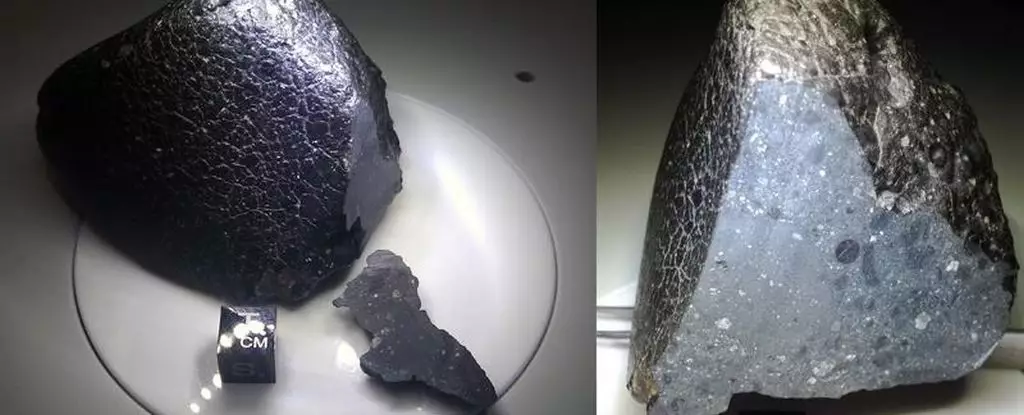The quest to understand Mars’ past has led scientists to make significant discoveries that illuminate the planet’s watery history. Recent geological studies have uncovered evidence that suggests the existence of water on Mars as early as 4.45 billion years ago, shortly after the planet’s formation. This new understanding has implications not only for Mars’ environmental conditions but also for the potential for ancient life that may have existed there.
At the heart of this breakthrough is a minuscule grain of zircon, just smaller than the width of a human hair. This zircon contains minerals that can only be formed in the presence of water, hinting at a time when liquid water flowed abundantly on Mars. The intriguing aspect of this evidence is that the water was likely hot, similar to that found in geothermal springs or hydrothermal vents on Earth.
According to geologist Aaron Cavosie from Curtin University in Australia, this discovery paints a picture of Mars that is increasingly similar to that of Earth in its early history. It validates the data collected from Earth, which has demonstrated the presence of liquid water as far back as 4.3 billion years ago. The implications are profound: if both planets had been wet during their formative years, the conditions could have been ripe for life to emerge.
The story of Mars’ water is further supported by a unique Martian meteorite known as NWA 7034, affectionately dubbed ‘Black Beauty.’ Found in the Sahara Desert in 2011, this meteorite is a remarkable 320 grams of volcanic breccia, encapsulating a diverse range of rock types. Within it lie small crystals of zircon that hold essential clues to Mars’ geological past.
Recent examinations of these zircons have shown that they endured an asteroid impact about 4.45 billion years ago, which subsequently led scientists to re-evaluate the minerals these zircons contained. Using nanoscale microscopy, researchers discovered traces of iron, yttrium, aluminum, and sodium embedded in these tiny crystals. These elements mirror the layered structure of zircons found in specific geological formations on Earth, offering insights into the environments where these minerals could form.
While we know that water existed on Mars, the scientists have not yet pinpointed the specific temperature of this water, which could have fluctuated dramatically—ranging from a few hundred degrees Celsius up to more than 500 °C. This thermal activity likely resulted from significant volcanic processes that characterised the early Martian landscape.
The presence of hot water is crucial for understanding Mars’ potential for life. The conditions that foster extremophilic microbial life on Earth—found in geothermal and hydrothermal environments—could feasibly have existed on ancient Mars as well. The understanding that Mars experienced conditions conducive to habitability opens up exciting possibilities for further exploration.
The findings regarding the existence of water on Mars pose many questions still unanswered. For instance, it remains uncertain whether the water was contained solely within the planet’s crust or if it made its way to the surface, contributing to an atmosphere that may have supported life. The potential for hydrothermal systems within Mars is also an area ripe for investigation.
Researchers are particularly intrigued by how the high-energy impacts from asteroids might have influenced both the thermal state of Martian waters and the geochemical processes occurring in the subsurface. This duality provides compelling potential for the existence of hydrothermal systems that could indicate a planet once more hospitable to life.
The journey of the zircon from Martian crust to Earth is nothing short of remarkable. It survived an impactful birth, was expelled into the cosmos, and then landed on Earth, defying odds against being lost in the endless void of outer space. This survival story itself is a testament to the dynamic history of our solar system.
As ongoing research sheds light on the mystery of Mars’ ancient waters, we become increasingly insightful regarding the delicate balance of conditions necessary for sustaining life. While we may never know the answers to all our questions, each new finding brings us closer to understanding what once made Mars a watery world, perhaps hinting at possibilities of ancient life and an environment comparable to Earth’s own primordial past. The evidence gathered so far underscores the complexities and evolving narratives of both Mars and Earth—celestial neighbors that have experienced vastly different journeys through time.

